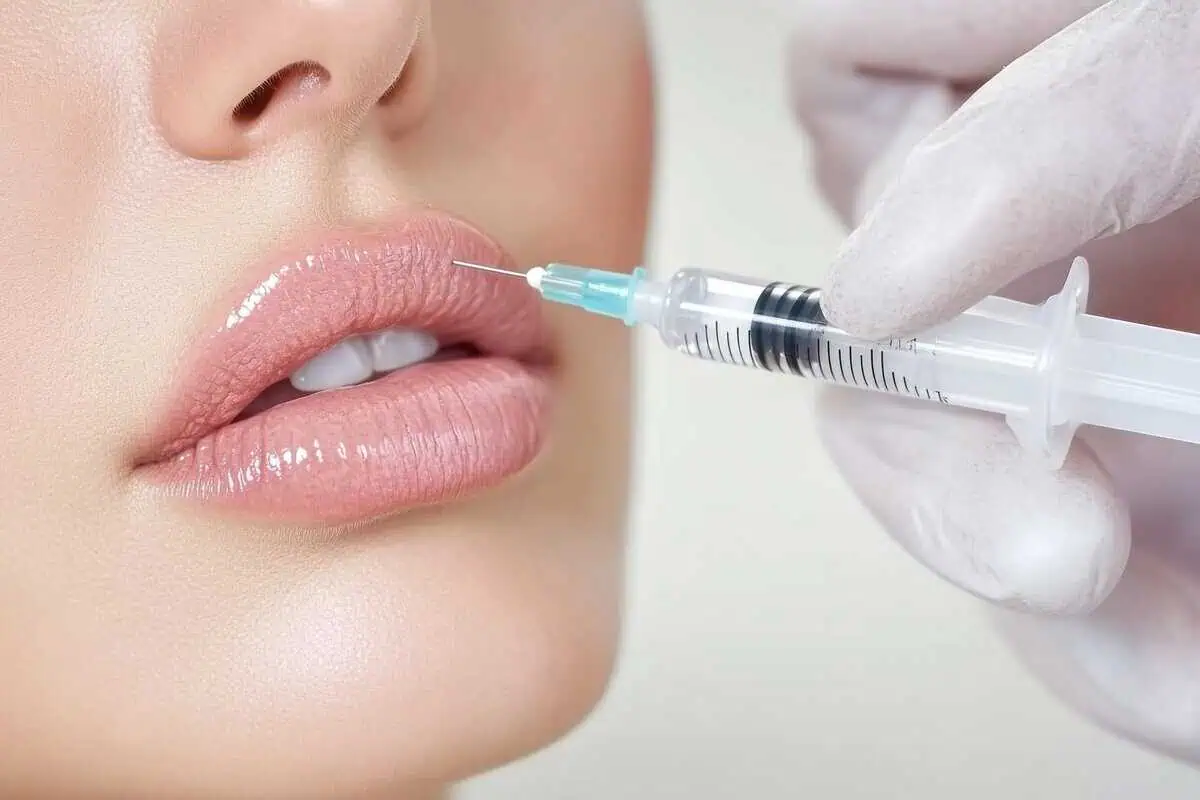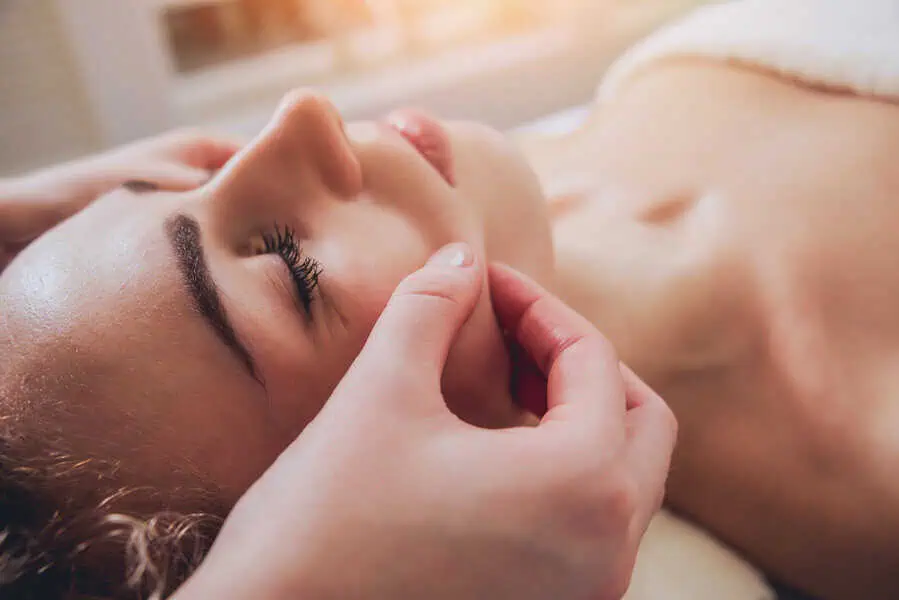Table of Contents
With millions of people around the globe, you may be one of those who encounter hair problems. Losing your hair can be very hard, especially for your self-esteem and social life. But a new natural therapy may give more people hope that they can grow their hair back without surgery, pills, or creams.
Platelet-rich plasma (PRP) injection is a new method that uses your blood platelets, a type of cell that helps the body heal to stop hair loss and help you grow new hair.
PRP for hair regrowth is relatively new, but it could help you look and feel more like yourself again. Our team at Diamond Advanced Aesthetics is here to help you know more about PRP for hair. Check out this post and discover more about this treatment.
PRP for Hair Loss
Hair loss (or alopecia) can significantly affect a person’s sense of self-worth. Men and women deal with hair loss of varying degrees, and platelet-rich plasma (PRP) treatment is an excellent way to stop hair loss without surgery.
Platelet-rich plasma from your blood is used in a three-step PRP treatment to make new hair grow naturally. PRP therapy is not a new idea. It is a way to heal injuries to muscles, tendons, and ligaments that have been used for decades.
It has also become a popular and effective beauty treatment in recent years. When used to help people with alopecia, it can make a big difference. For instance, PRP injections can both stop hair loss and make new hair grow. It can also help make hair grow faster after a hair transplant.
What is an injection of PRP?
A blood sample from the patient is used to make platelet-rich plasma, which is then injected into the injured knee or tendon, for example. In some situations, the doctor might use ultrasound to help guide the injection. The idea is to max the number of specific bio proteins or hormones, called growth factors, in a particular area to speed up the healing process.
Studies show that the higher concentration of growth factors in platelet-rich plasma may stimulate or speed up the healing process, shortening the time it takes for injuries to heal, reducing pain, and even helping hair grow.
How does PRP work?
With PRP scalp injections, the PRP is injected into specific spots on the scalp to make hair grow. PRP therapy works by stimulating inactive or newly implanted hair follicles into an active growth phase using concentrated growth factors.
Before a PRP procedure, we will discuss what you can expect. Several peer-reviewed studies have shown that it is possible to improve the health and thickness of hair.
Our team might also discuss lifestyle choices that can cause hair loss, such as smoking and not eating enough vitamin D and iron, which may help hair grow.
But in general, there are three steps to PRP treatments for hair loss:
- Your healthcare provider will take blood from your arm. In this stage, the platelet-rich plasma and the red blood cells are separated by spinning your blood in a centrifuge.
- It takes about 10 to 20 minutes for the centrifuge to separate the fluids in the blood. The goal is to separate the PRP, yellow or straw-colored, from the red and white blood cells.
- With PRP scalp injections, the PRP is injected into specific spots on the scalp to make hair grow.
Before each PRP treatment session, your doctor may also do the hair pull test. This test measures how much hair loss happens by pulling a bunch of hair from four spots on the scalp. If more than 10% of hairs are pulled out, the test is positive for alopecia.
The test is often done to track how hair loss is getting worse. A study (2014) on PRP for hair loss found that significantly less hair loss was seen between the first and fourth injections.
Most people need four to six treatments spaced out over a few weeks. Once you get the desired results, you can keep them up with treatments every few months.
PRP treatment brings more blood to hair follicles, making hair thicker and growing faster due to its ability to renew and repair cells.
PRP Side Effects
Since the PRP solution is made up of a person’s blood, there isn’t much chance that the solution will cause a reaction. But the following side effects may happen to people who get PRP treatments for hair loss:
- Mild Pain
- Scalp Tenderness
- Swelling and Headache
- Itching at Injection Site
- Temporary Bleeding
Does PRP help with hair loss?
Clinical evidence shows that PRP can help people lose their hair. In most PRP studies, patients were checked six months after their procedure. After that, we don’t have much information, but ongoing research can tell us which patients get the most out of PRP and why and which don’t.
Still, patients who work with the board-certified team have said they are happy with the results. As we learn more about this exciting new procedure, we hope that a PRP treatment plan will help patients with hair loss reach their goals.
Am I a Good Fit for PRP Treatment for Hair Loss?
PRP for hair loss works best for younger people who take care of their problem early while their hair follicles are still alive but have gone to sleep. Hair follicles can die from getting too old, not getting enough to eat, being sick, or for other reasons.
The treatment has also been shown to help both men and women, especially those with androgenetic alopecia, known as male-pattern baldness in men and thin hair all over the head in women.
Here’s a summary of the ideal candidates for the treatment:
- Women who have lost hair or had their hair thin out because of menopause
- People who have started losing hair in the last five years
- Balding Men
Who’s Not Good For PRP?
You may not be the ideal candidate for PRP therapy if you smoke a lot, take blood thinners, or have cancer, liver disease, diabetes, chronic infections, or a low platelet count. People with thyroid problems are not good candidates because the illness and the medicine cause hair loss.
PRP For Hair Loss
PRP can make your hair regrow. But you must discuss these matters with your doctors and healthcare provider to assess you properly. Contact us today here at Diamond Advanced Aesthetics. Let’s make that hair grow again and regain your confidence.







